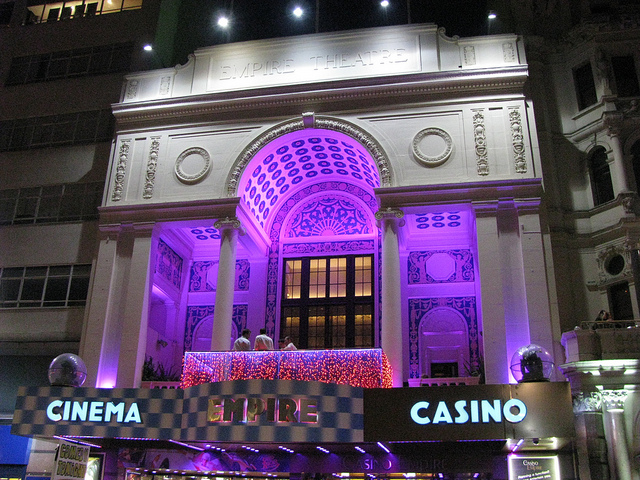Our last day in London had arrived, far too quickly I might add. My travel partner Andrea and I had already spent two action-packed days in this cosmopolitan metropolis which included explorations of Portobello Market and Notting Hill, a ride on the River Thames and a guided tour through London’s fascinating East End. This morning would hold a very special treat for us: an early morning sunrise kayak tour on Regent Canal!

A beautiful sunrise on Regent’s Canal
Regardless of what city I travel to, I always try to build in some sorts of a sports activity, whether it is bicycling, hiking, rollerblading, or – in this case – kayaking! I had tried whitewater kayaking once before in the Canadian wilderness, and the results were less than stellar. As a matter of fact, I was quite scared to death by the untamed power of the treacherous rapids on the Ottawa River. Of course this would be a different proposition: there were no rapids here, just the calm and serene waters of Regent’s Canal.

A peaceful early morning
In order to make it to our sunrise adventure we got rattled out of bed before 5 am and made our way to Regent’s Park, one of the Royal Parks of London, to meet Danny Gillard from Thames River Adventures. Together with his partner Niamh, Danny is the co-owner of this unusual adventure travel company. We arrived and Danny had already set up three recreational touring kayaks as well as the spray skirts. The sun was slowly rising from the horizon, and bright rays of sunshine were flooding the waters of the canal.

Danny Gillard explains something before we start
We carried our kayaks down to the canal, put on our spray skirts and gingerly made our way into the vessels. Fortunately, touring kayaks are quite forgiving, and I made it into my boat without exiting right away into the water. Of course I was also going to document the whole experience with my camera, so it was doubly important not to take a dip into the water with my electronic equipment. With Danny’s experienced instructions neither Andrea nor I had any problems making it safely into our boats.

Getting the kayaks ready
As the rays of sunshine started to warm up this early morning idyll, we started to gently paddle down the canal. Regent’s Canal is part of the extensive canal system that was built in the late 1700s and early 1800s as part of England’s canal transportation system. These canals were constructed as part of the Industrial Revolution to transport a wide variety of materials, including coal, lumber and manufactured goods. The existence of these canals had a great impact on the lives of people: the cost of coal, for example, fell by 75% when one of England’s major canals was opened.

Paddling slowly underneath London’s bridges
The fortune of England’s inland waterways took a turn for the worse during the mid 19th century once railways began to replace the canals. With the development of Britain’s extensive rail network and later on the road network, cargo transport on the canals was no longer viable as these other transportation modes were much cheaper. Some bulky, non-perishable goods were even carried as recently as 1962 and 1963, but that year a long hard winter kept cargo icebound which dealt a deadly blow to canal transportation in England.

The sun is coming up
Today England’s canals have lost their importance as transportation routes and were abandoned, but they have taken on increasing importance for leisure use. An organization called the British Waterways Board was created in 1962 to encourage recreational usage of inland waterways. Canals are so prevalent in England that half of the population of the United Kingdom lives within five miles of one of these inland waterways.

One of the narrowboats on Regent’s Canal




